Inclusion Q&A: 11 Common Questions Answered
January 10, 2017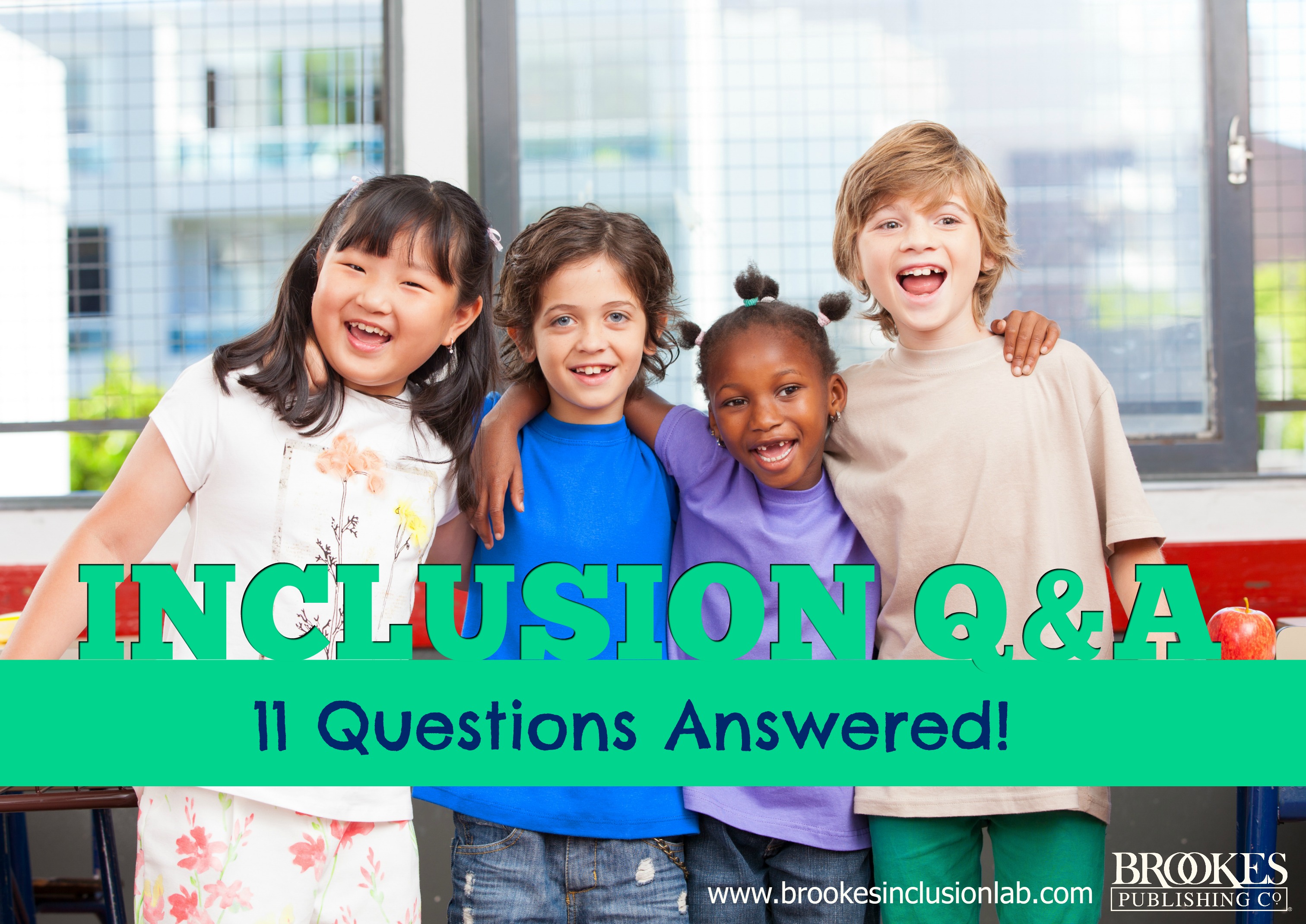
Have questions about inclusion? Part of our mission at the Inclusion Lab is to connect you with answers from the experts–and that’s what today’s post is about.
In their book The Educator’s Handbook for Inclusive School Practices, Julie Causton and Chelsea Tracy-Bronson provide concise answers to some of the most commonly asked questions about inclusion, including queries about pull-out services, IEPs, paraprofessionals, and challenging behaviors. We’re bringing you excerpts of 11 of these questions and answers today. Share these with your colleagues, your principal, or anyone who has concerns about the practical nuts and bolts of inclusion. (Do you have a question that’s not on this list? Ask it below in the comments section and we’ll answer it in a future post!)
Q. I am a special education teacher and have so many students on my caseload. How can I provide services to them all inclusively?
A. One thing that has become clear in the law is that staff convenience is not a justification to pull students. Therefore, you might determine which students need direct support, which students can receive consult services, and for which students you will stop by to monitor progress. Then, arrange your schedule to match those needs. Instead of thinking about your caseload as static and unchanging (e.g., 11:30″“11: 45 a.m., Chloe receives supplemental phonemic awareness instruction in the special education room), think of appropriate times to provide such services and generally problem-solve across a student’s day.
Q. What’s wrong with pull-out services?
A. Pull-out service provision has deleterious effects on a student’s self-esteem and ability to learn, and it disrupts a sense of belonging. Students with disabilities have the right to learn and socialize alongside their grade-level peers. Most important, however, the purpose of these services is to support students in navigating their school day and gaining independence. The school day contains naturally occurring contexts for the skills, routines, activities, or performance tasks that have typically been worked on in isolation; these contexts are the LRE (IDEA 2004) for students to learn and practice. Many educators are transforming their practice, keeping in mind that special education services are portable, meaning they can be delivered directly in these naturally occurring contexts.
Q. How do I meet the number of minutes for special education services on the IEPs unless I pull students out?
A. Services can be carried out in many ways. The law suggests that services are portable and should be brought to the student. Therefore, your time could be spent pushing into the general education classroom, running a center, or even recommending ideas to the other educators about how to carry out specific skills while they teach. Your time could be spent modifying or adapting the material so the student can be successful in the general education classroom and throughout the school day. Planning or specially designing the instruction or the materials so that goals can be met seamlessly throughout the day is more effective than pulling a student out.
Q. Does every student with a disability need a paraprofessional to succeed in an inclusive class?
A. Inclusion in the general education classroom does not necessarily mean the student will need an adult assigned to support him or her. The general and special education teachers are expected to work together to adapt instruction, learning experiences, and the environment in order to provide access and support for the student. This support can often be provided best by peers or related service personnel in the general education classroom. However, if paraprofessional support is needed, it is important to know that this, too, is individualized for each student and can be provided for all or part of the student’s day (e.g., only in English class or in physical education class).
Q. Is the special educator ultimately responsible for teaching the students who receive special education services?
A. In inclusive education, students are not separated by ability or disability. All students are taught in a heterogeneous classroom where the general education teacher and the special education teacher work together to create an engaging, exciting, and joyful classroom where all students learn from both teachers. Both the general and special education teachers have shared responsibility and accountability in the education of students with disabilities.
Q. What if the academic gap between the student and her or his peers is “too large”?
A. A student’s placement in school is based on individual needs, not achievement or cognitive levels as compared to grade-level peers. The role of special education is to provide the academic supports to help each student gain access to the general education content. Many students across the country who work at different levels from their peers are actively engaged in age-appropriate general education content within inclusive classrooms. For example, if a student is not yet writing, he or she can utilize technology to assist in getting ideas across.
Q. This student’s challenging behavior makes other students not want to be around him or her. What do I do about that?
A. First, you have to assume that the student is worthy of friendships and relationships. Help support the student in a way that will both minimize the behavior and help others understand the behavior. One student, Kenny, used to rock back and forth when he felt anxious, and this behavior looked strange to Kenny’s peers. Simply explaining to the other students what the behavior meant allowed one bright student to ask Kenny, “What can I do to help you stop rocking?” Kenny typed out a response: “Let me put my hand on your shoulder.” From that moment on, Kenny’s peers helped him to manage his rocking behavior by asking, “Do you want to lean on me?”
Q. When a direction is given, a student calls my name and asks me to come and help. I am trying to fade my support, but the student will not do anything without me by her side. What should I do?
A. This student has become very dependent on adult support. Try talking to the student about the need to try things by herself or about asking peers for help. Encourage all students in the class to use and provide help to one another. Involve your team in determining ways to increase the student’s independence. Make sure the solutions will take the student feel empowered to become more independent–not punished for her dependence.
Q. I understand why I should fade my support, but I worry that will not count as student contact minutes. What can I do while I am fading my support?
A. This is a common concern. “Direct contact minutes” does not mean you are in direct contact with students (e.g., touching students, providing hand-over-hand support, sitting at their table). Instead, it means they are engaged in learning experiences that you have helped to construct with your expertise. When they are practicing a skill (e.g., handwriting), you can get students started and walk around the room helping others. When you return, you can help reposition the paper and continue moving. When moving away from a student, you can support other students, prepare for an upcoming class by creating modifications, or collect data. Furthermore, you can consult with other teachers and paraprofessionals.
Q. Should a student leave the room if he or she is distracting other students?
A. Leaving the room should be the absolute last resort. Try many different stay-put supports. Help the student stay in the environment for all of the reasons mentioned in this chapter. If a student is told to leave every time he or she makes a noise, that student learns that membership is contingent on being quiet or good. Of course, you want to think about other students, but when inclusion is done well, all students understand that a certain student may make noise and that the student is working on that, just as other students may be working on other skills. Most students are surprisingly patient when given the chance and some information.
Q. What does it take to create and maintain an inclusive classroom?
A. It takes creativity, collaboration, student advocacy, agency, resourcefulness, a heart for this work, and a set of skills related specifically to inclusion. Inclusive educators engage in critical reflection and develop an expectation of ongoing problem solving in order to create conducive learning environments for all students.
***
For more in-depth advice from Julie Causton, check out The Educator’s Handbook for Inclusive School Practices, watch her edWeb webinar on Engaging All Learners, and read the other Inclusion Lab posts based on her books:

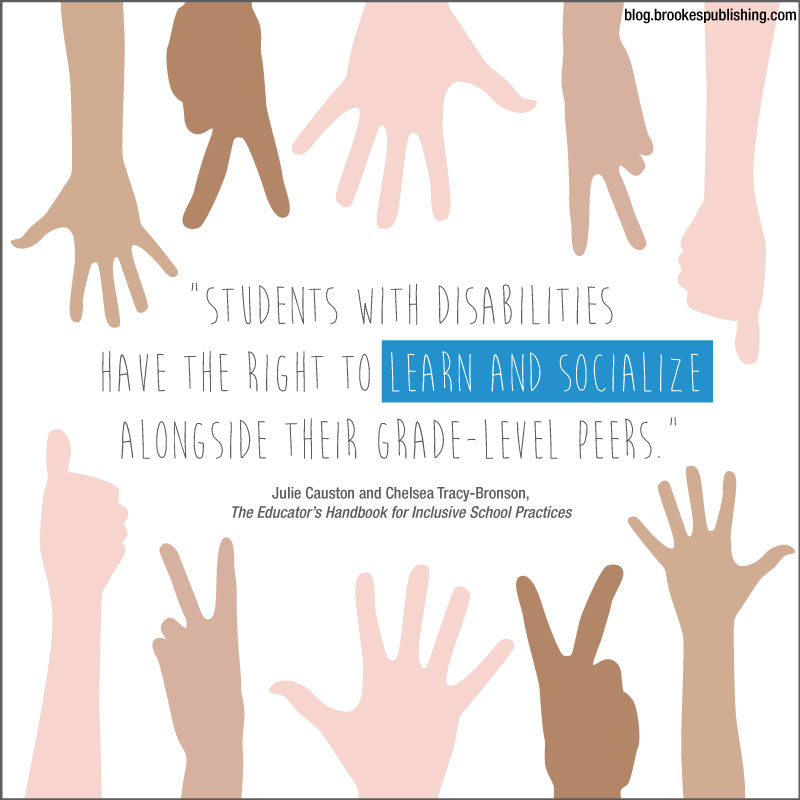
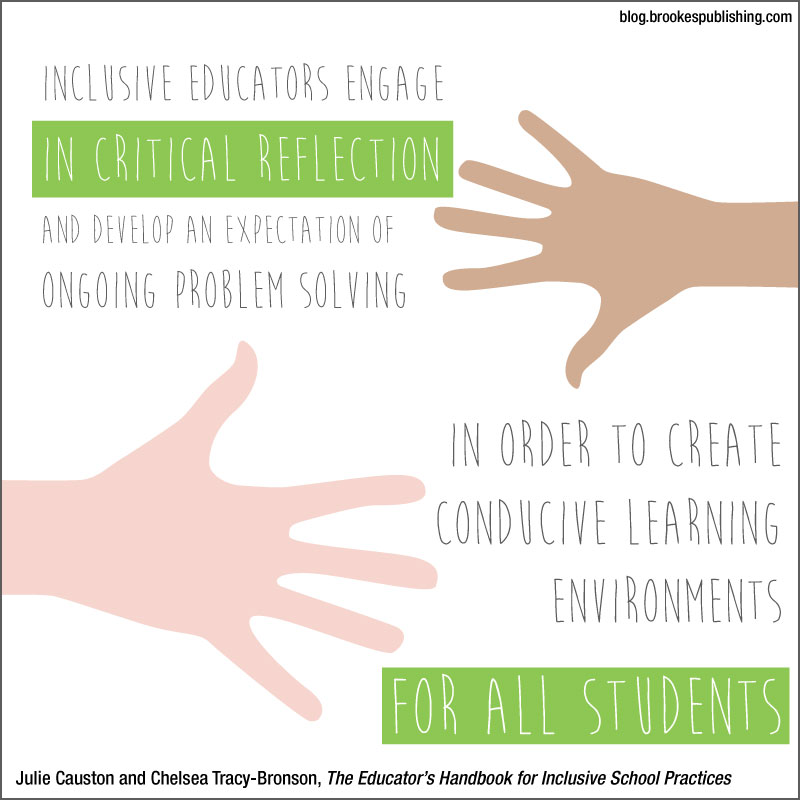

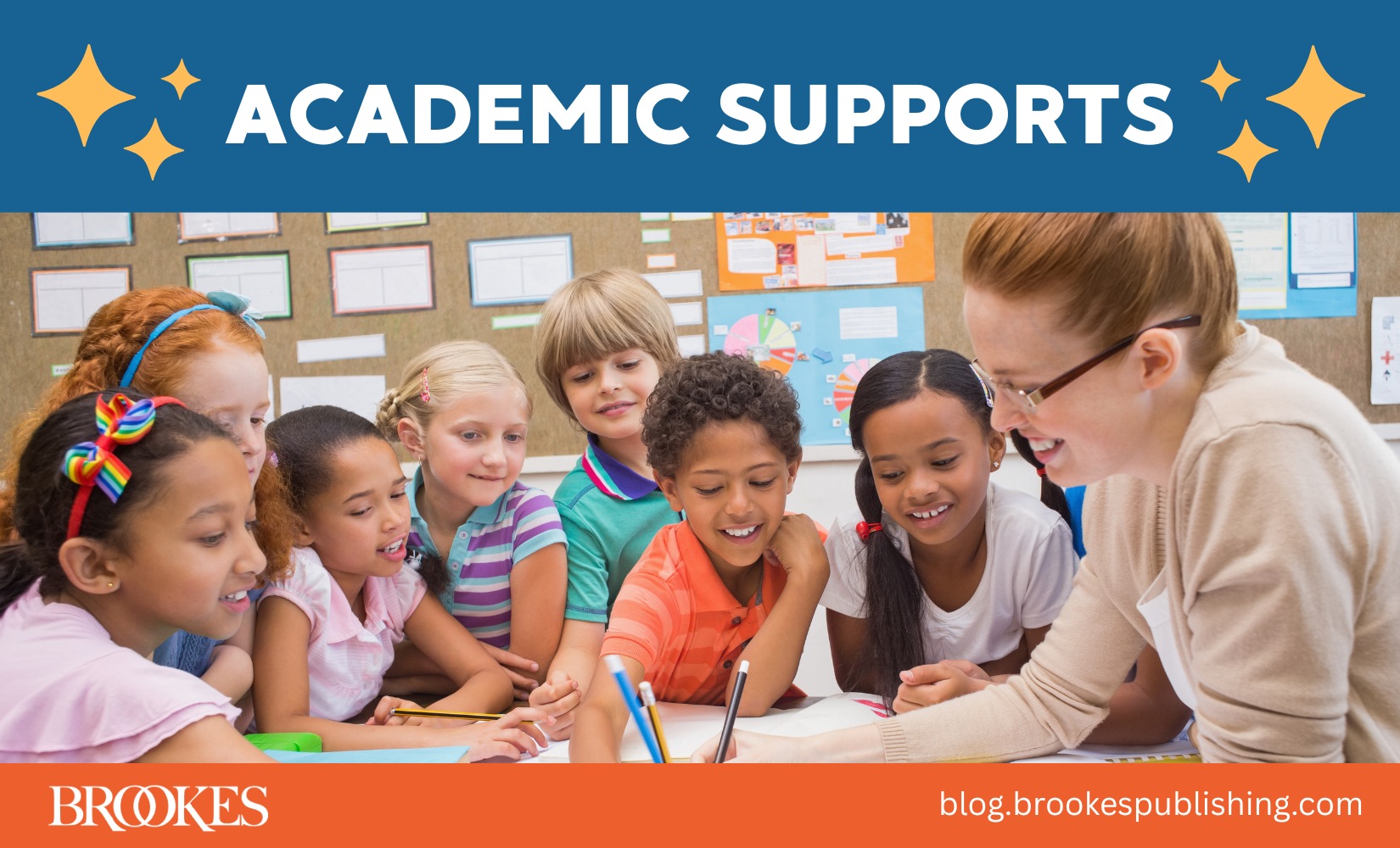
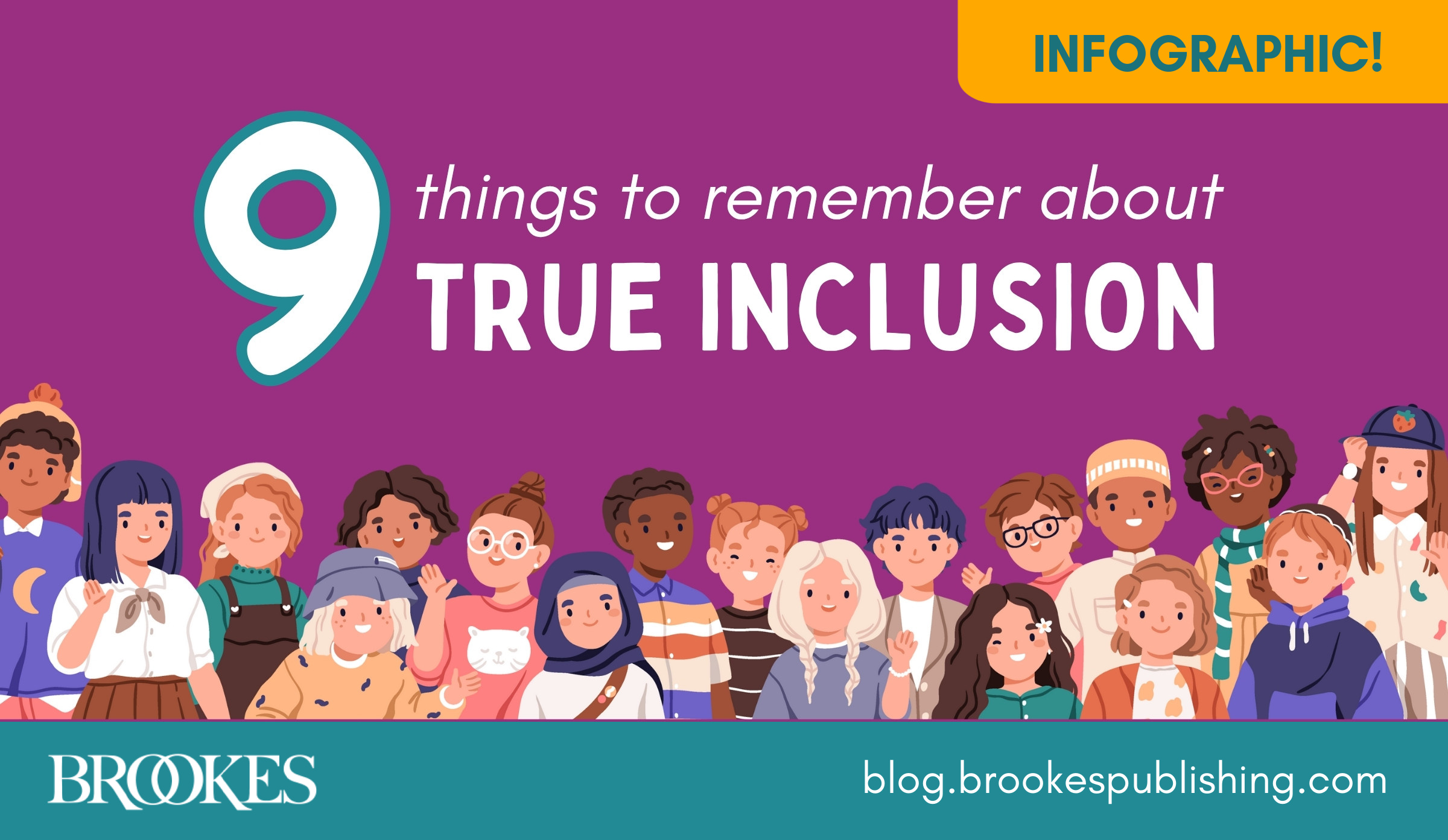
Write a Comment
Your email address will not be published. Required fields are marked *
Post a Comment